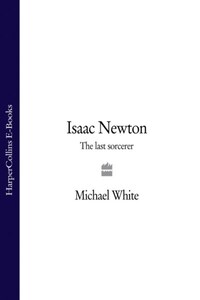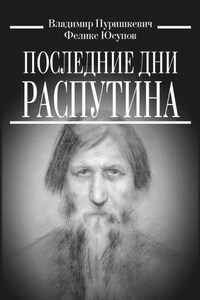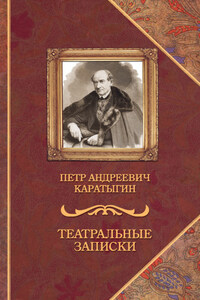This strange spirit, who was tempted by the Devil to believe he could reach all the secrets of God and Nature by the pure power of mind – Copernicus and Faustus in one.
MAYNARD KEYNES>1
According to a list of the most influential people in history, The 100, Isaac Newton ranks number 2 – after Muhammad and ahead of Jesus Christ.>2 This position is justified by his unparalleled contributions to science – principles that have moulded the modern world. Yet Newton was not the man that history has claimed him to be. More than any other scientist in history, Newton’s image has been protected by his disciples and by generations of biographers who have produced inaccurate and sometimes totally false accounts of his life. Not until the 1930s did the real Isaac Newton begin to emerge from the mists of history into the light of critical analysis. Amazingly, it has taken since then to shrug off the final deceits of those who wished to perpetuate the myth that Newton was in some way omnipotent, beyond the baser mundanities of human existence; that he was the pure, distilled essence of scientific inquiry – genius unsullied.
The hagiographic accounts began within a year of Newton’s death. William Stukeley, who is today better remembered as a scholar of Druidism and ancient mythology, was Newton’s first biographer. His Memoirs of Sir Isaac Newton’s Life, written during the 1720s, is a devotional account of his hero’s life, based uniquely upon first-hand experience.>3 Stukeley knew Newton well during the final decade of his life, and because of this the Memoirs is an important book. But, like many of Newton’s later biographers, Stukeley was blinkered by adoration: he saw Newton as a demigod, almost immortal and utterly without fault.
Sir David Brewster’s Memoirs of the Life, Writings, and Discoveries of Sir Isaac Newton, published in 1855, is a worthy successor to Stukeley and contributes much to our understanding of Newton, but again it is tarnished by the author’s lack of objectivity. Brewster, like others, ignored evidence that did not fit his image of Newton; he decided to paint a one-sided view that merely reinforced the image that Newton himself tried to establish for posterity, without questioning the many contradictions in the scientist’s long and complex life.
There is no question of the greatness of Newton’s work, nor of his intellect. But, just as his most famous work, the Principia Mathematica, is a highly sophisticated and complex description of the mechanistic workings of the universe based upon simple, easily understood truths, so too was his personality far more twisted and convoluted than orthodox historians of science would have us believe.
Newton was above all a secretive man, a man coiled in upon himself, detached from the world, and for long periods of his life he was secluded from the everyday current of affairs. For much of his working life he studied and experimented alone in his college rooms and in his laboratory nearby. In many respects, he was nonconformist from an early age, shunning the simple rural life of his family, living in self-imposed isolation at university, refusing to take holy orders. He subscribed to Arianism – the doctrine of an heretical sect which denied the principle of the Holy Trinity – when public awareness of such beliefs would have wrecked his career. And, most importantly of all, he was an alchemist.
By the time biographers came to consider his life, Newton was dead and the need to hide his religious leanings had gone. But what stuck in the craw of those early biographers was a body of material found in Newton’s vast library and within his huge collection of papers and notebooks that made it very clear that the most respected scientist in history, the model for the scientific method, had spent more of his life intensely involved with alchemy than he had delving into the clear blue waters of pure science. It also confirmed what a few of Newton’s close friends had known during his lifetime: that he had expended a vast amount of his time studying the chronology of the Bible, examining prophecy, investigating natural magic, and, most of all, attempting to unravel the hermetic secrets – the prisca sapientia.
Newton’s early biographers found it impossible to reconcile these opposites and were forced to gloss over any ignominious or disturbing findings they unearthed, putting them down to aberrations, eccentricities: ‘the obvious production of a fool and a knave’ was how David Brewster described Newton’s vast collection of alchemical writings.








